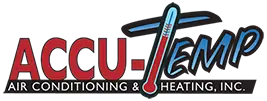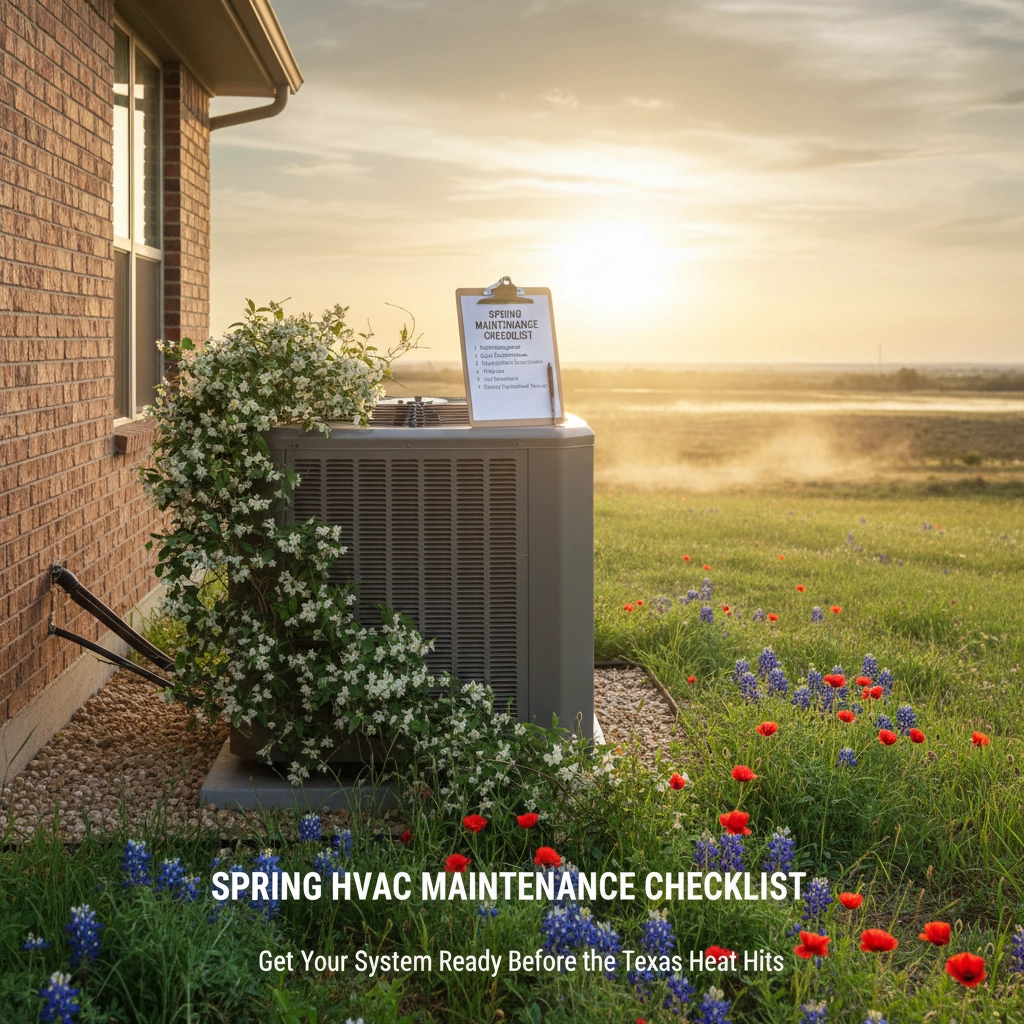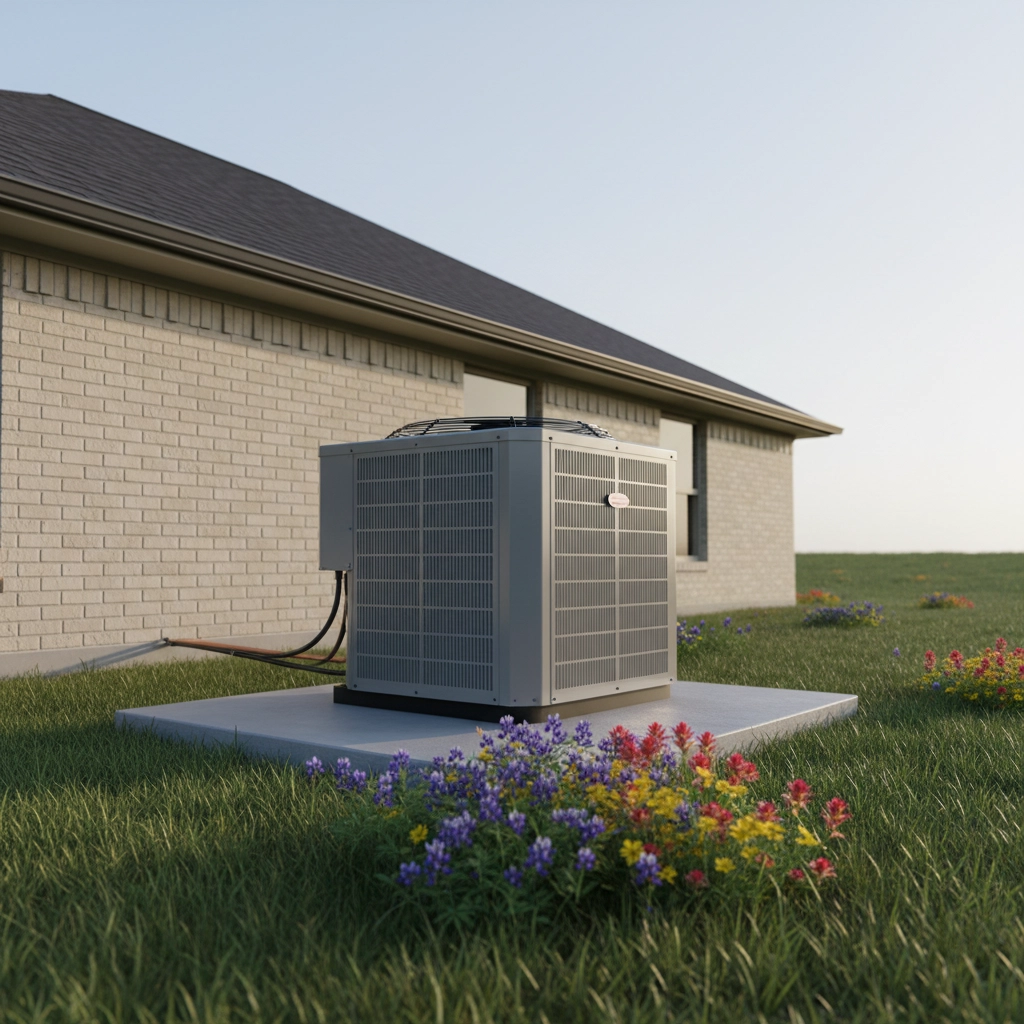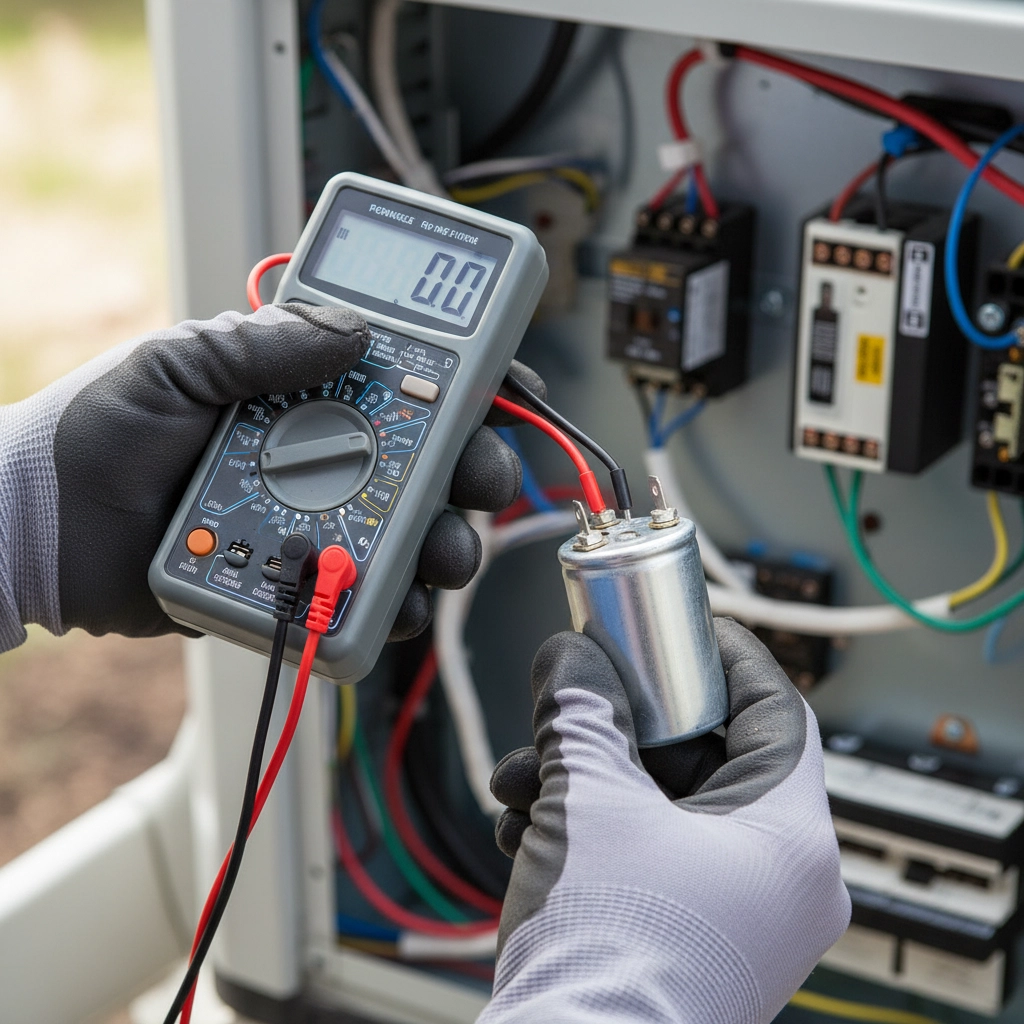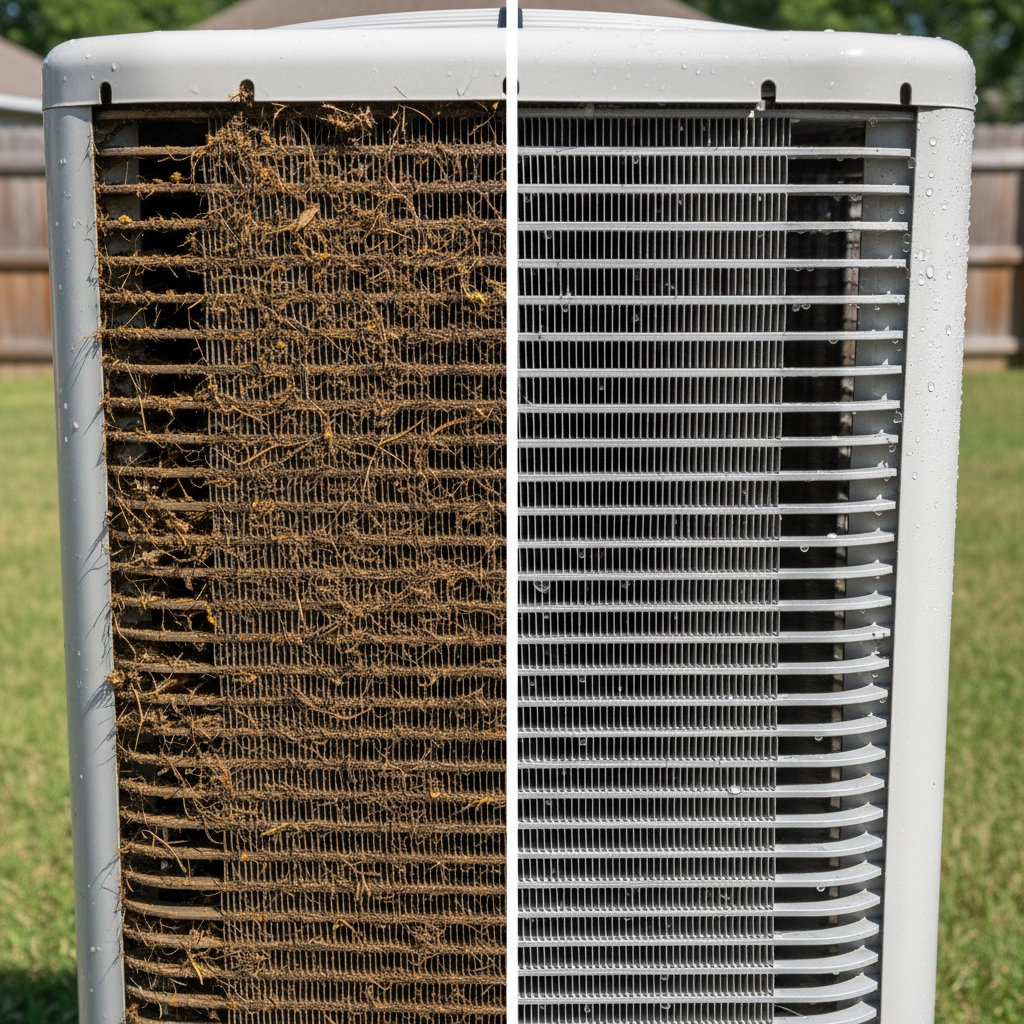Spring HVAC Maintenance Checklist: Get Your System Ready Before the Texas Heat Hits
Hey Central Texas homeowners! Spring is here, which means one thing: those scorching 100+ degree days are coming fast. Trust me, you don’t want to be the person whose AC dies during the first heat wave of the year. As someone who’s been fixing HVAC systems in this area for years, I can tell you that a little spring maintenance goes a long way.
Think of it like getting your car serviced before a road trip. You wouldn’t drive across Texas without checking your oil and tires, right? Your AC system deserves the same attention, especially when it’s about to work overtime for the next six months.
Why Spring Maintenance Matters in Texas
Here’s the deal: Texas weather is tough on HVAC systems. We go from mild winters straight into brutal heat, often without much transition. Your AC has been sitting mostly idle for months, and now you’re expecting it to cool your home when it’s 105°F outside. That’s a big ask.
Spring maintenance catches small problems before they become expensive emergencies. It’s way cheaper to replace a capacitor in April than to call for emergency service on a Saturday in July when your system dies and it’s 98°F inside your house.
The Essential Spring Maintenance Checklist
Let me walk you through what we check during our spring tune-ups. Understanding these steps will help you appreciate why each one matters for keeping your family comfortable.
Check Condenser Capacitor Levels
The condenser capacitor is like the heart of your outdoor unit – it gives your compressor the electrical boost it needs to start up. In Texas heat, capacitors work extra hard and can weaken over time.
We test the capacitor’s microfarad levels to make sure it’s still within manufacturer specifications. A weak capacitor makes your compressor struggle to start, leading to higher energy bills and potential compressor failure. Diagnosing and replacing a capacitor costs around $200-300. Replacing a compressor? That’s $2,000-3,000.
Check Furnace/Air Handler Capacitor Levels
Your indoor unit has its own capacitor that powers the blower motor. This little component keeps air flowing through your home. When it starts to fail, you’ll notice reduced airflow, uneven cooling, or your system cycling on and off frequently.
We test this capacitor the same way as the outdoor unit. It’s a small part that makes a huge difference in your comfort and energy efficiency.
Check Refrigerant Charge
This one’s huge. Refrigerant is what actually cools your home – it absorbs heat from inside and releases it outside. If your system is low on refrigerant, it can’t cool effectively, and your compressor will work harder trying to compensate.
We use specialized gauges to check both high and low-side pressures. Low refrigerant usually means there’s a leak somewhere, which we can often find early on. Running with low refrigerant is like driving your car with low oil – it’ll damage expensive components.
Check Amperage of Condenser Fan Motor and Compressor
Think of amperage as how much electrical “effort” your components are using. When motors start to wear out or encounter problems, they draw more electricity than normal.
We measure the actual amperage against the manufacturer’s specifications. High amperage readings tell us a component is struggling and might fail soon. Catching this early can save you from a complete system breakdown during peak season.
Wash Condenser Coil
Your outdoor unit’s coil is covered in tiny fins that release heat from your home. Over months, these fins collect dirt, pollen, cottonwood seeds (ugh, Central Texas in spring!), and other debris.
When the coil is dirty, it can’t release heat efficiently. This makes your whole system work harder and use more energy. We gently wash the coil with a hose, being careful not to damage the delicate fins. It’s amazing how much better a system runs after a good coil cleaning.
Check Temperature Differential
This is where we measure how well your system is actually cooling. We check the temperature of air going into your indoor unit versus the temperature of air coming out.
Normally, we want to see about a 15-20 degree difference. If it’s less, something’s wrong – could be low refrigerant, dirty coils, airflow problems, or other issues. This simple measurement tells us a lot about your system’s health.
Visual Inspection of Equipment
Sometimes the most important problems are the ones you can see. We look for:
- Damaged electrical connections
- Worn insulation on refrigerant lines
- Signs of water leaks
- Loose panels or components
- Cracked housing or damaged fans
- Evidence of animal intrusion (yes, critters love AC units)
A thorough visual inspection catches problems that might not show up in other tests. We’re looking for anything that could cause problems when your system is running 24/7 in July heat.
Shop Vac Primary Drain Line
Your AC system removes humidity from your home, and that water needs somewhere to go. The primary drain line carries condensate away from your unit. Over time, algae, dirt, and debris can clog this line.
We use a shop vacuum to clear any minor blockages and confirm the drain is flowing freely. A clogged drain can cause water damage to your home or shut down your system completely. It’s a simple step that prevents major headaches.
Change Filters
Clean filters are crucial for system efficiency and indoor air quality. We always check what type and size of filters you use. If you have filters on hand, we’ll install them. If you need us to provide them, we’re happy to do that too. Just let us know in advance what size filter (or filters) you need.
In Texas, with our dust and pollen, filters need changing more frequently than in other climates. We typically recommend checking monthly and changing every 1-2 months during heavy use seasons.
The Accu-Temp Difference
Look, I know there are plenty of HVAC companies out there, and some of them will try to sell you stuff you don’t need. That’s not how we operate. When we come to your home for spring maintenance, we’re honest about what we find.
If your system is running well, we’ll tell you that. If something needs attention, we’ll explain exactly what’s wrong, why it matters, and what your options are. No high-pressure sales tactics, no scary stories to get you to buy a new system.
We’ve been serving Central Texas families for years because we believe in straight talk and quality work. Our goal is to keep your current system running efficiently for as long as possible. When it’s time for replacement, you’ll know it, and we’ll help you make the best decision for your family and budget.
Don’t Wait Until It’s Too Late
Here’s the thing about Texas summers: they’re predictable. Every year, we know it’s going to get hot, and every year, some folks wait until their system breaks to call us. Don’t be that person.
Spring maintenance isn’t just about preventing breakdowns (though that’s important). It’s about efficiency, comfort, and peace of mind. A well-maintained system uses less energy, cools your home more evenly, and gives you confidence that it’ll keep working when you need it most.
The best time to schedule spring maintenance is March or April, before the rush hits. Once temperatures start climbing, everyone wants their system checked, and scheduling gets tough. Plus, if we do find something that needs repair, it’s much easier to get parts and schedule the work before everyone’s in crisis mode.
Your family deserves to be comfortable all summer long. A spring maintenance check is one of the smartest investments you can make in your home’s comfort and your peace of mind. Let us help you get ready for another hot Texas summer – the right way.
Ready to schedule your spring maintenance? Give us a call. We’ll take good care of your system, and more importantly, we’ll take good care of you.
